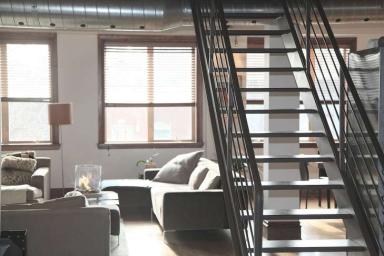When your house is empty, you might have echoes – and it might be quite annoying.
Echoes can easily make your house feel unsettling and uncomfortable, so it's better to get rid of it.
Here are a few tips on how to minimize echoes in your house, or get rid of them completely.
Add Soft Materials
Echoes happen when sound bounces off hard surfaces.
To reduce this, add soft materials like curtains, rugs, and cushions.

These absorb sound and prevent it from bouncing around.
Use Furniture
Furniture can act as a natural sound absorber.
Place bookshelves, sofas, and other furniture strategically to break up sound waves.
Hang Wall Art
Decorate your walls with artwork or tapestries.
This not only adds a personal touch but also helps in absorbing sound.
Install Carpets or Area Rugs
If your floors are hard and reflective, consider putting down carpets or area rugs.
They absorb sound and reduce echoes.
Use Decorative Panels
Acoustic panels or decorative sound-absorbing panels can be added to walls.
They are designed to absorb sound effectively.
Arrange Furniture Strategically
Position your furniture in a way that it helps disrupt sound waves.
Avoid having large, empty spaces with nothing to absorb the sound.
Bookshelves with Books
A bookshelf filled with books not only looks great but also serves as a sound absorber.
It breaks up sound waves and reduces echoes.
Hang Heavy Drapes
Heavy curtains or drapes can absorb sound and prevent it from bouncing off windows.
Consider Soft Wall Coverings
Soft materials on the walls, such as fabric wall coverings, can help reduce echoes effectively.
Use Plants
Indoor plants not only add a touch of nature but can also contribute to absorbing sound.
Place them strategically in echo-prone areas.
Previously, we talked about using carpets in your interior design.







